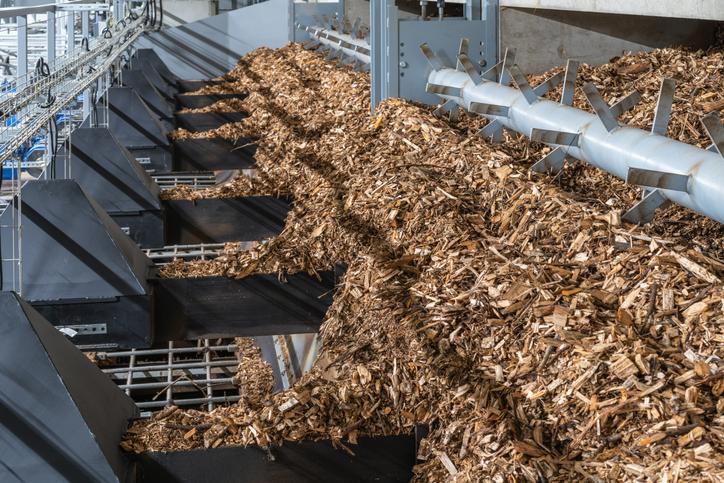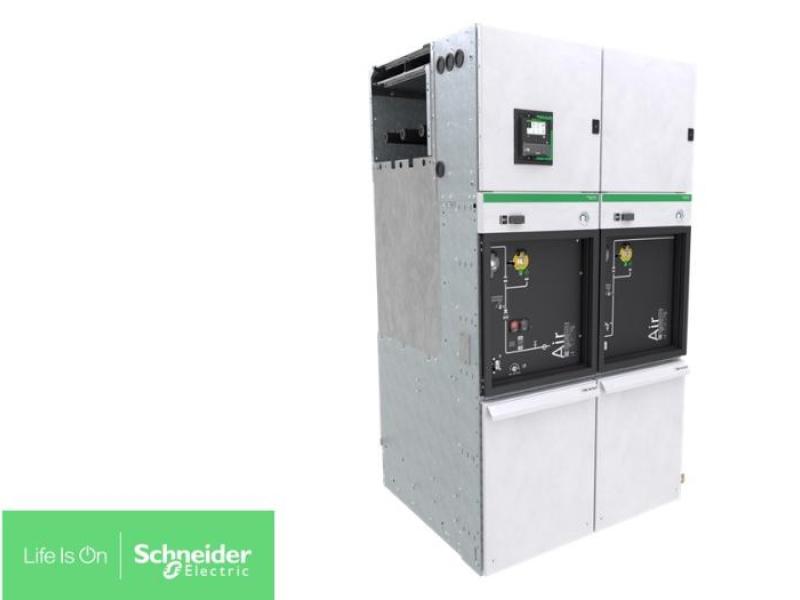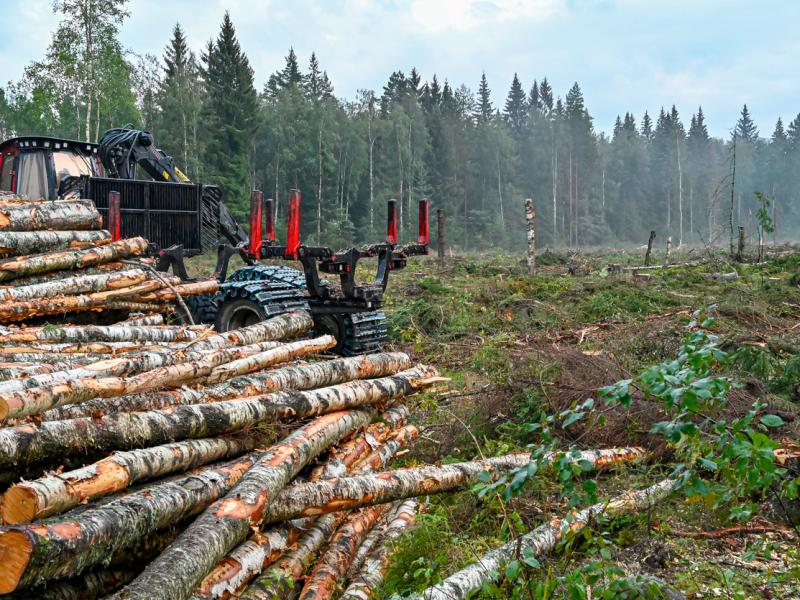The announcement that Fonterra is taking another step in its transition to low carbon production with replacement of a coal boiler at its Waitoa site in the Waikato with a 30 MW wood biomass boiler builds on the trend of food processors to adopt bioenergy solutions says the Bioenergy Association.
Brian Cox, executive officer of the Bioenergy Association said that “the use of renewable biomass to replace coal to produce heat arises because of the increased use of forest residues, instead of leaving the residues in the forest to rot. In this investment by Fonterra the supply of biomass from residues as fuel has been facilitated with the entry of Wood Energy New Zealand, as an accredited wood fuel supplier, into the North Island to supply the fuel to Fonterra. Wood Energy New Zealand, which is a partnership of Pioneer Energy and Niagara Sawmilling, has a strong strength of supplying wood fuel in the South Island. The entry of Wood Energy New Zealand into the North Island heat market will provide encouragement for other heat users to transition from fossil fuels to a biomass fuel.”
Mr Cox said that “With Fonterra making this fourth transition from fossil to biomass fuel for producing heat at its milk processing facilities, they are providing significant leadership and demonstration on how easy it is to move from coal to biomass fuels. Such investments however need to be well planned and undertaken in partnership with their wood fuel suppliers. The transitions cant be done overnight which demonstrates that reduction in our greenhouse gas emissions will take time.”
Mr Cox said that “at a forestry conference last week it was outlined that we have the potential for adequate biomass to be available for transitioning from fossil fuels, but heat users and biomass fuel suppliers need to talk together so that each has good information on the demand and supply of bioenergy. The partnership between Fonterra and their fuel supplier, Wood Energy New Zealand, is a good example of that in action.”
- Bioenergy has a unique point of difference from other forms of renewable energy as it is the most flexible and versitile form of renewable energy and contributes widely to the New Zealand economy. The use of biomass for energy (bioenergy) provides a fundamentatlly different least cost approach to achieving a low carbon economy compared to all other renewable energy forms. Biomass use and bioenergy can:
- substitute for all fossil fuel uses for any energy application and is carbon neutral,
- contribute to carbon storage (remove GHG from the atmosphere)
- provides significant opportunities to address environmental issues arising from optimisation of land use (eg pastoral intensification and landfilling)
- Provide many opportunities for regional economic growth and employment based on our under-utilsed land resource.
- Focusing on use of biomass as a valuable resource leads to new business opportunities, improved business resilience of landowners, and extraction of value from waste. Energy is often the co-product of higher value products such as regional employment, bio-based materials and more resilient land use.
- Bioenergy is from a fully renewable resource, using proven technologies and has extreme flexibility. The processing of biomass can produce a wide range of revenue streams from application of heat; generation of electricty; use as transport fuel; extraction of chemicals and manufacture of bio-based materials; use as bio-fertiliser; and purification of water.
- Communities and business adopting a circular economy approach by matching local wood and waste residues as feedstock as an input to creation of products, optimises the financial viability of the business, offsets costs of waste disposaland being used to generate employment and new business that supports the local economy.
- Bioenergy initiatives are generally highly integrated with other sectors and other activities so cross sector and all-of-government approaches are necessary.For example integrated agriculture land use for animal health management with shelter can produce revenue creating wood fuel.
- Bioenergy could achieve greenhouse gas reductions of:
- 1.8 Mt CO2 -e pa from reduced use of coal and gas for process heat
- 1.8 Mt CO2 -e pa from reduction of methane from waste
- 5.0 Mt CO2 -e pa from use of biofuels in transport
These levels of greenhouse gas reduction are comparable but less cost than many of the other initiatives currently being pursued by Government. https://www.bioenergy.org.nz/greenhouse-gas-reduction
- The vision for bioenergy - Economic growth and employment built on New Zealand’s capability and expertise in forestry, wood processing and bioenergy production from waste - leading to new business opportunities which by 2050 could more than double biomass energy supply up to 27% of the country’s energy needs, with a consequential 15% reduction in greenhouse gas emissions*.[* compared to 2017]
Combustion of biomass for process heat
- The use of biomass fuels for process heat are proven and widely used by those with immediate access to biomass which can be used as a fuel.
- The market for buying and selling biomass fuel by those without immediate access to their own sources of biomass builds on strong foundations.
- The biomass fuel supply chain has a number of players but like any evolving market the New Zealand biomass fuel supply market now has cornerstone players who are expanding their supply capabilities at a fast but orderly rate so that boom/bust scenarios will be avoided.
- Unlike fossil fuels whose quantity is finate there is potentially no reason why biomass fuel supply will be a future problem. There are many avenues for sourcing biomass such as plantation and farm forestry. The 1 billion trees programme will produce additional biomass fuel plus be a new carbon sink every 30 years by planting commercial forests. Biomass processing could be intergrated at least cost (or vica-versa) with waste to energy bio-processing.
Dematic has announced plans to upgrade warehouse automation for Fonterra, New Zealand’s leading dairy co-operative, –– at their key manufacturing facility in Edendale, with the delivery of new Automated Guided Vehicles (AGVs).
The new AGVs feature Dematic software that improves useability and will allow Fonterra to better manage operations throughout the facility.
The new AGVs will transport and feed pallets of raw materials into production subsystems as well as handle finished outbound pallets. Fonterra has operated with AGVs since 2009 to automate time-consuming and highly repetitive tasks within its manufacturing facility.
The new AGVs will work to prevent bottlenecks to create a streamlined process where products can flow seamlessly, without the need for manual handling.
The Dematic AGVs work as a driverless fully automated forklift – each with a load capacity of 3,500 kilograms and a lift height of 4.0 metres – controlled by Dematic software that uploads data to the AGVs before they set off on daily tasks.
Dematic AGVs operate with a high level of autonomy and provide 24/7 service to increase output and deliver a quick return on investment. Individual AGVs are exchangeable with each other to ensure redundancy in system operation. Dematic AGVs eliminate human errors that can cause costly damages and mistakes in picking and loading.
Within Fonterra’s Edendale manufacturing facility, the AGV systems will work to manage three core activities: transferring and dispensing replenished consumables, stacking and de-stacking empty and pre-filled product pallets, and stacking and transferring finished goods to storage areas and conveyors prior to shipping.
“Our AGV systems are tailor-designed to navigate any production and warehouse space with a laser-guidance system, using on-board hazard detection to avoid collisions. This high-end navigation allows them to move around a facility optimally and safely,” said Tony Raggio, General Manager of Sales, Mobile Automation, Dematic. “Rotating laser scanners mounted on top of the AGVs measure angles and distances to reflectors mounted on the surrounding walls within the facility. The AGVs then calculate a position based on this information, together with speed and steer encoders to operate with a repeatable accuracy of ±5 mm.”
Additionally, the AGVs can drive themselves onto charging floor plates at times of inactivity to be charged using the automated opportunity charging function.
The use of automation with AGVs creates a safer workplace and reduces mistakes that can lead to damaged products. AGVs streamline on-the-floor operations to increase the efficiency of the supply chain.
Dematic is the leading supplier of AGVs in Australia and New Zealand, having supplied over 700 AGVs in upwards of 120 projects across the region. Dematic AGVs are designed, engineered, programmed, and manufactured in Sydney, Australia, using world leading component systems.
Further information: Dematic Pty Limited, 24 Narabang Way, Belrose NSW 2085, Australia. Tel: +61 2 9486 5555. Fax: +61 2 9486 5511. dematic.com.au






